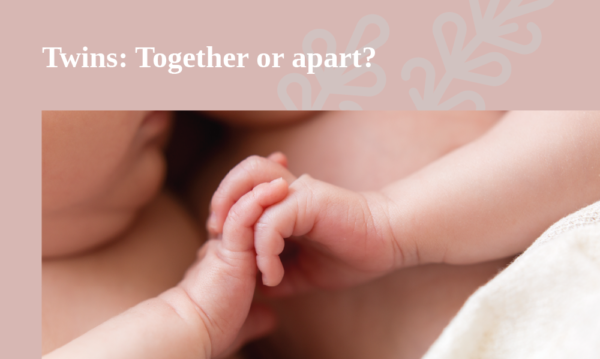They have spent nine months together in their mother’s belly; they come together in life, their first steps and experiences are together, there is a special kind of bond that holds them together for life. Nevertheless, they are two different people, each unique with their abilities, distinct characteristics, and personality.
We tend to talk about twins as if they are one human being, as if they have the same development, as if they are adapting to new situations, as if they are doing everything the same way. Of course, that is not true because, even if they look like in many cases, they differ in so many others; they are two different human entities with unique characteristics each.
The twins’ relationships are not identical; other twins are more tied together, and others more independent in their movements. No intervention on behalf of the parents in these situations (e.g., whether they will be in the same school classroom, whether they will follow the same extracurricular activities, whether to wear the same clothes, etc.) helps them develop their ways of reacting and adapting.
Also, avoiding comparison between the two children (e.g., George is more regular, while Jim is more mischievous or Kathy is shyer, while Mary is more extroverted) becomes particularly important in order to be more autonomous in shaping their character, not to enter the process of competition with each other and to be freer in the search for their interests.
In conclusion, the immediate environment should treat the twins in a way that considers the particular preferences, desires, and reactions of each child, whether they are together or apart will help them flourish in unique and creative personalities.


